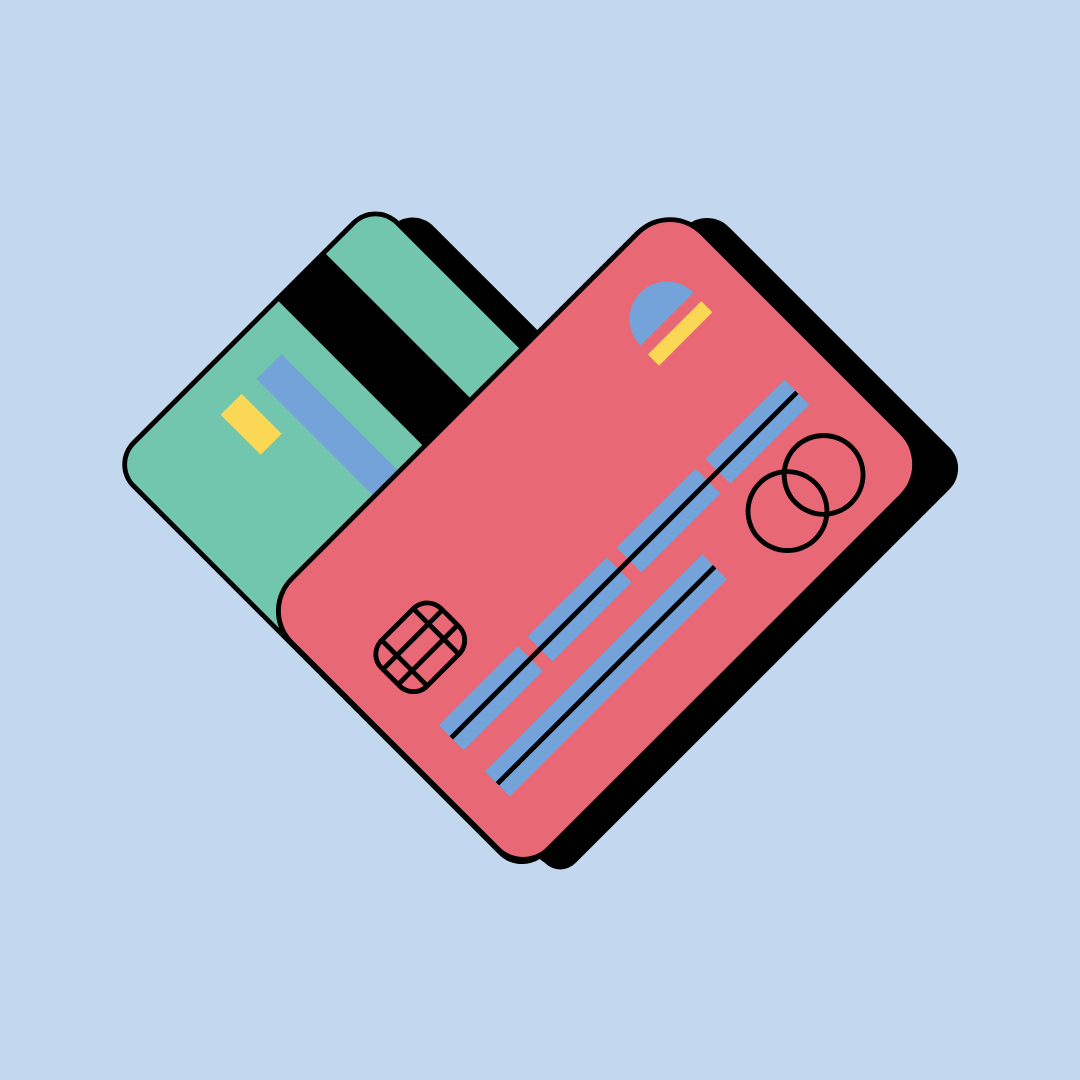
When you open a bank account, you receive a unique identifier known as a bank account number. This number is crucial to ensure that financial transactions such as deposits, withdrawals or transfers are routed to the correct account within the banking system. This article will delve into what your bank account number represents, how it is structured and its importance in your financial activities.
What is a Bank Account Number?
A bank account number is a unique sequence of digits assigned to an account holder by a financial institution. It acts much like a physical address for your account within the broader network of financial institutions, distinguishing your account from others and ensuring that transactions are accurately recorded.
Structure of a Bank Account Number
The structure of a bank account number varies by financial institution and country, but generally includes several key components:
- Bank Code/Institution Number: Identifies the specific financial institution. This code is nationally recognized and is crucial for directing related banking transactions.
- Branch Code/Order Code: This sequence of digits identifies the exact branch of the bank where your account was established, essential for internal routing of funds and operational clarity.
- Account Number: This is the unique identifier of your personal account within the bank. It is critical to distinguish your account among millions of others within the same bank.
- Verification Digits: Often included in account numbers to provide error-checking capabilities, these help ensure that numbers are entered correctly and transactions are routed accurately.
Importance of Your Bank Account Number
- Transaction Accuracy: The account number is vital for accuracy in financial transactions, ensuring that money is sent or received correctly, whether you are setting up direct deposits, handling bill payments, or executing other bank-related financial transactions.
- Security: The uniqueness of your account number adds a significant layer of security, protecting against fraud and ensuring that funds are not diverted.
- Financial Management: Understanding and managing your bank account numbers, whether for checking, savings or other types of accounts, aids in efficient financial management and security measures such as identity theft prevention.
- International TransactionsFor transactions beyond domestic borders, the International Bank Account Number (IBAN) and Bank Identifier Code (BIC) are used in conjunction with your account number to facilitate international payments and identify the relevant financial institutions globally.
Manage Your Bank Account Number
While a bank account number is a powerful tool for managing financial transactions, it also requires careful handling:
- Keep it Confidential: Treat your bank account number with the same level of security as sensitive data such as your social security number. Avoid sharing it publicly or through unsecured channels.
- Monitor Your Accounts: Regularly review your bank statement and transaction history through online banking platforms to detect any unauthorized activity early.
- Use Secure Networks: Make sure any online banking is done over secure, encrypted connections. Public Wi-Fi is vulnerable and can expose your banking information to theft.
- Familiarize Yourself with Your Bank's Protocols: Knowing your financial institution's security protocols is crucial. This includes everything from routing numbers for paper checks to the use of multi-factor identification to grant access to online accounts.
Your bank account number is more than just a sequence of digits; it is a crucial part of your financial identity, essential to directing and protecting the flow of your money. By understanding how your account number works and implementing robust security measures, you can ensure your financial health and keep your funds safe. Whether you'rereceiving a paper check, setting up direct deposit or conducting online transactions, the integrity of your bank account number is paramount.
Things You Should Know: Bank Account Number vs. Routing Number
Bank account numbers and routing numbers are both critical components of the banking system, but they serve different purposes and have different characteristics. Understanding the difference between these two numbers is important for handling financial transactions effectively. Here's how they differ:
Bank account number uniquely identifies an individual's personal account within a bank. It specifies where funds should be deposited or withdrawn.
- They all have different digits: Each bank account number is unique to the account holder within a particular bank. No two accounts at the same bank have the same account number.
- Amount and Structure: The length and structure may vary by bank and country, typically ranging from 8 to 12 digits in most countries. Some countries may use longer formats.
Routing number (also known as a sort code in some countries) identifies the bank itself and sometimes the branch where the account is held. It is used to direct money transfers such as direct deposits and bill payments to the correct bank.
- Consistency: A routing number is consistent for all customers of a bank branch or even the entire bank, depending on the size of the institution and the country's banking system.
- Length and structure: In the United States, for example, routing numbers are 9-digit codes established by the American Bankers Association. In the United Kingdom, similar numbers called sort codes are 6 digits long and are formatted in three pairs.
In addition, the geographic validity of these numbers varies. A bank account number is valid throughout the bank and does not change even if the account holder moves to another branch, unless the banking system specifies otherwise. On the other hand, a routing number is often specific to a region or branch, particularly in larger banking systems such as those in the United States. This specificity helps in managing and directing payments accurately within the complex network of branches and banks.
When setting up processes such as automatic bill payments or direct deposits, both numbers are usually required. The routing number first guides the payment to the correct bank or branch, ensuring that the institution is correctly identified. Next, the bank account number is used to route the funds to the individual's specific account. Together, these numbers work to streamline financial transactions, making them secure and efficient through the banking network.

Conclusion
In conclusion, understanding the purpose of your bank account number is crucial. This also comes with understanding its distinction with a routing number to effectively manage your finances and ensure the security and accuracy of your transactions. A bank account number serves as a unique identifier for your specific account within a financial institution, playing a vital role in correctly routing funds whether for deposits, withdrawals or automatic bill payments. A routing number, on the other hand, identifies the financial institution and sometimes the specific branch, essential for directing transactions to the correct bank.
The geographic validity of these numbers, where the bank account number remains constant across branches while the routing number can vary by region or branch, highlights the complexity and structured approach banks use to manage and route payments. Both numbers are indispensable in modern banking, from setting up direct deposits to processing paper checks and conducting secure online transactions.
By maintaining a robust understanding of how these numbers work and applying rigorous security measures, such as keeping your information confidential and monitoring account activity, you can protect your financial health and ensure that your banking interactions are both smooth and secure. This knowledge not only empowers you to manage your accounts more effectively, but also protects you from potential fraud and errors in an increasingly digital world.











.svg)